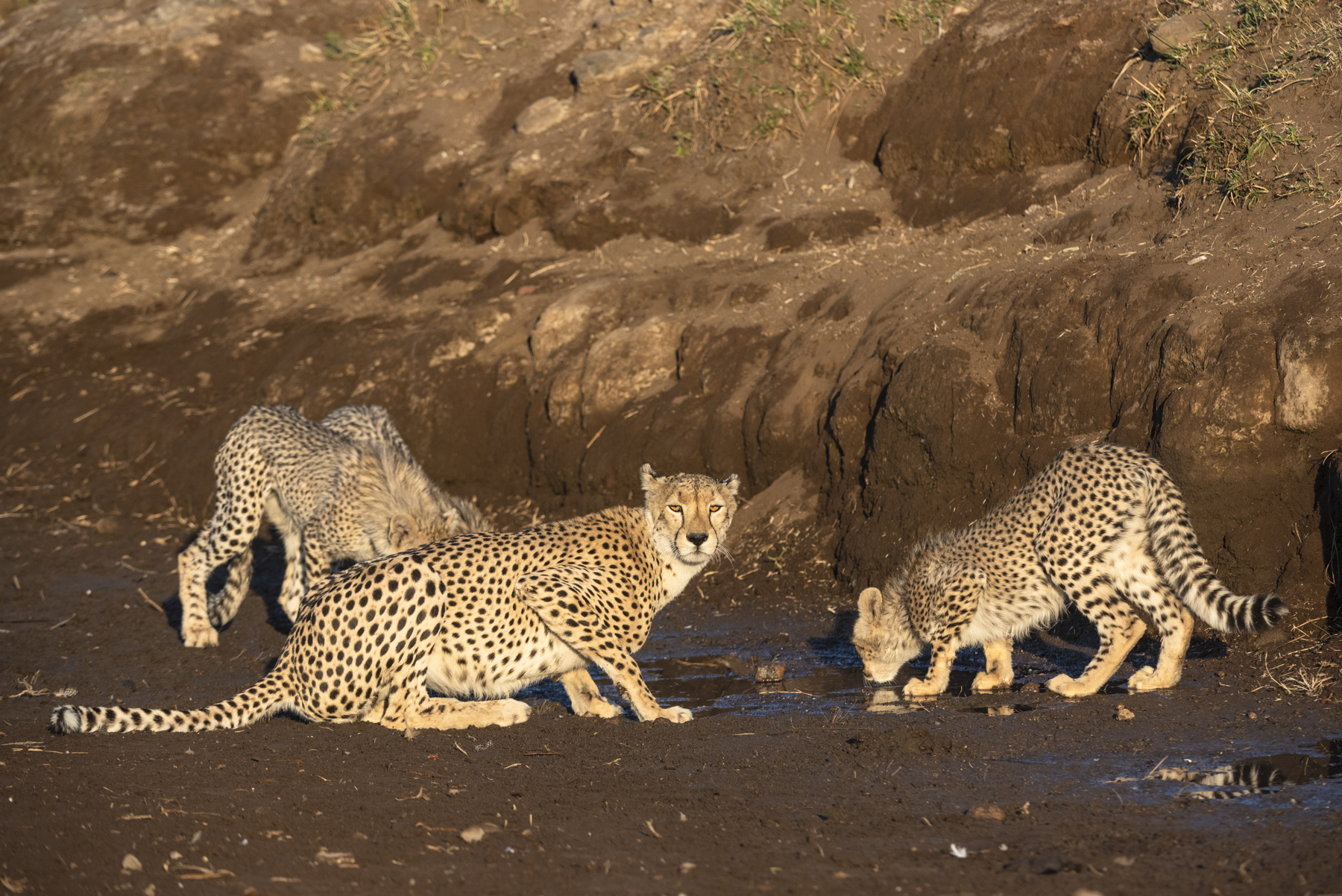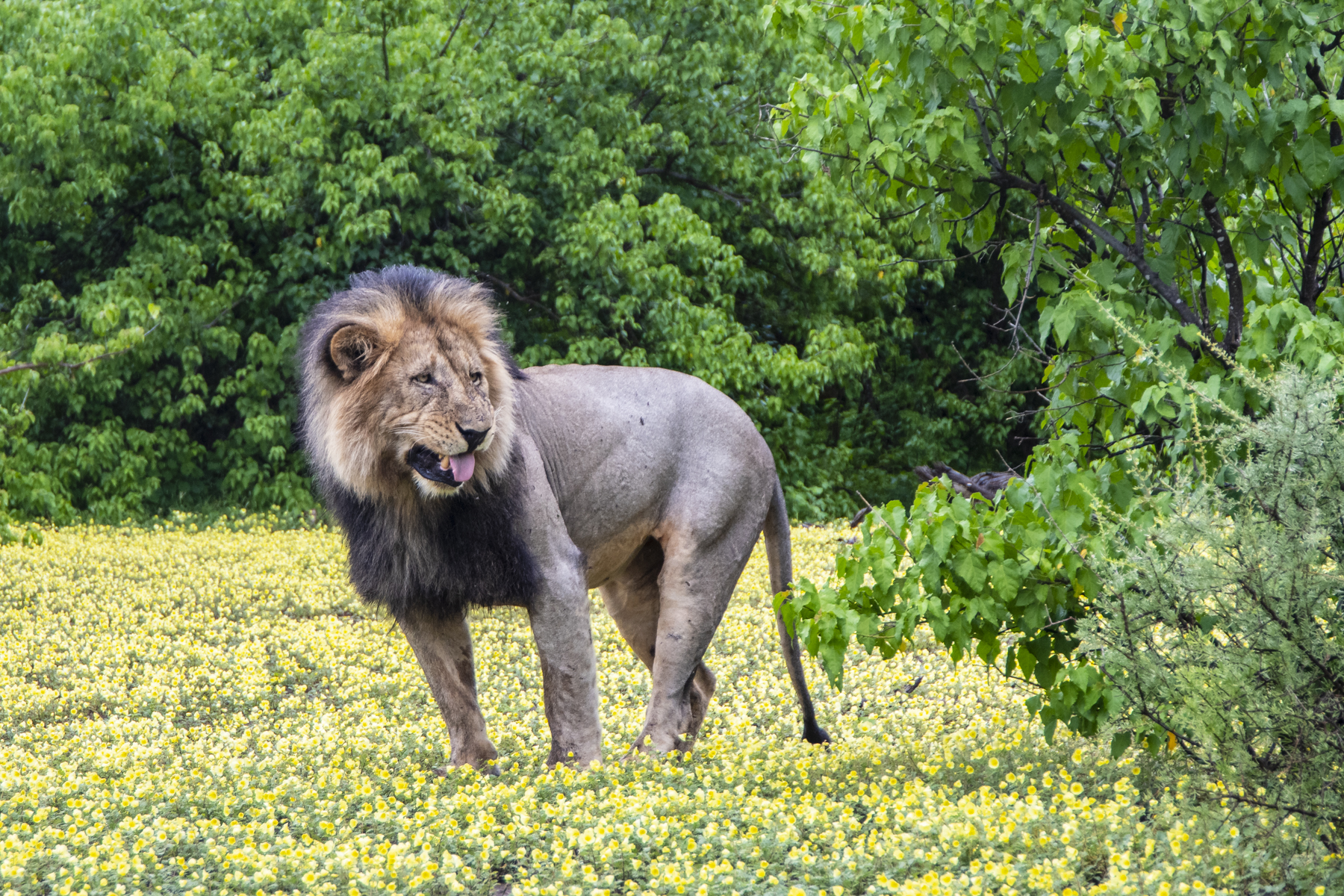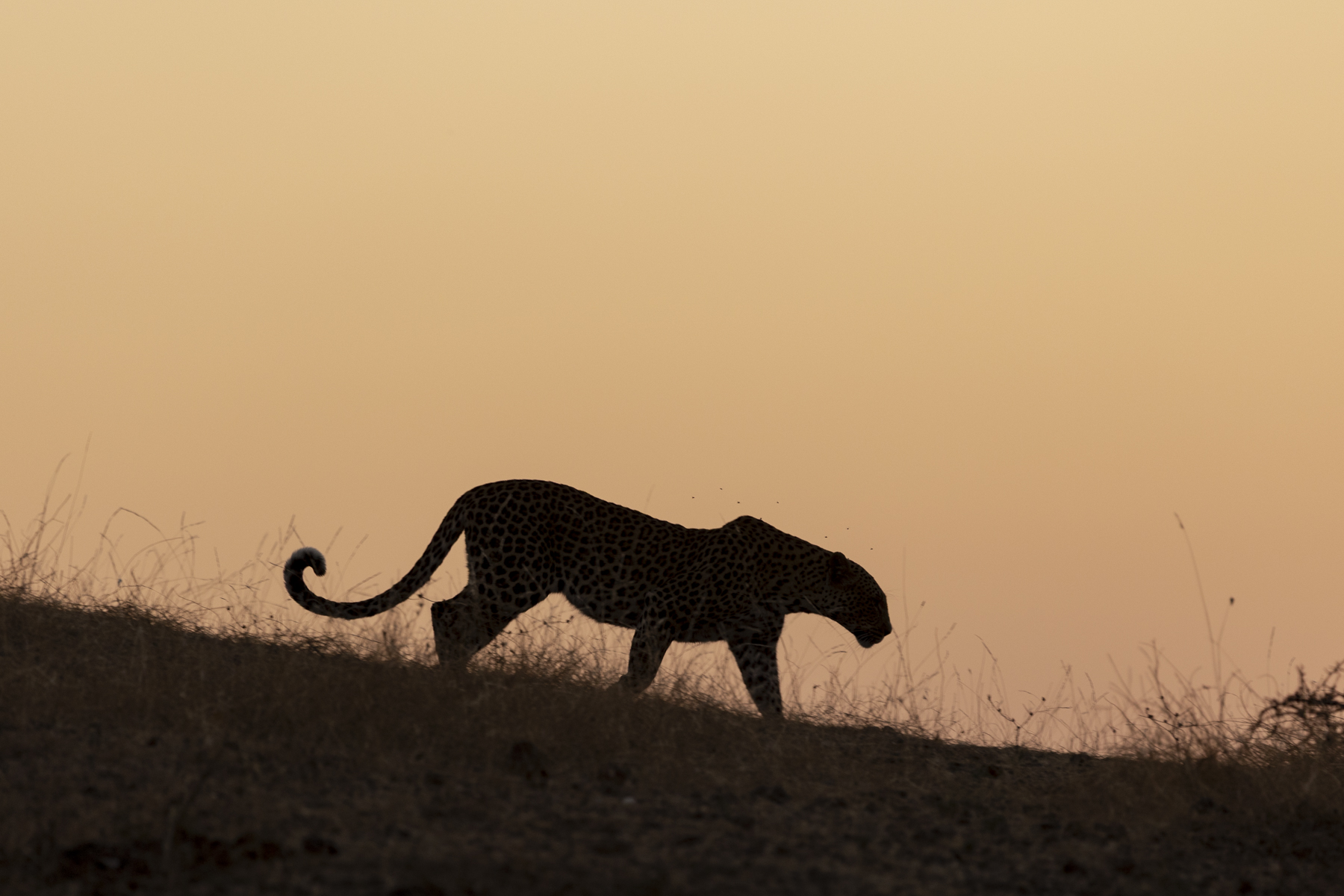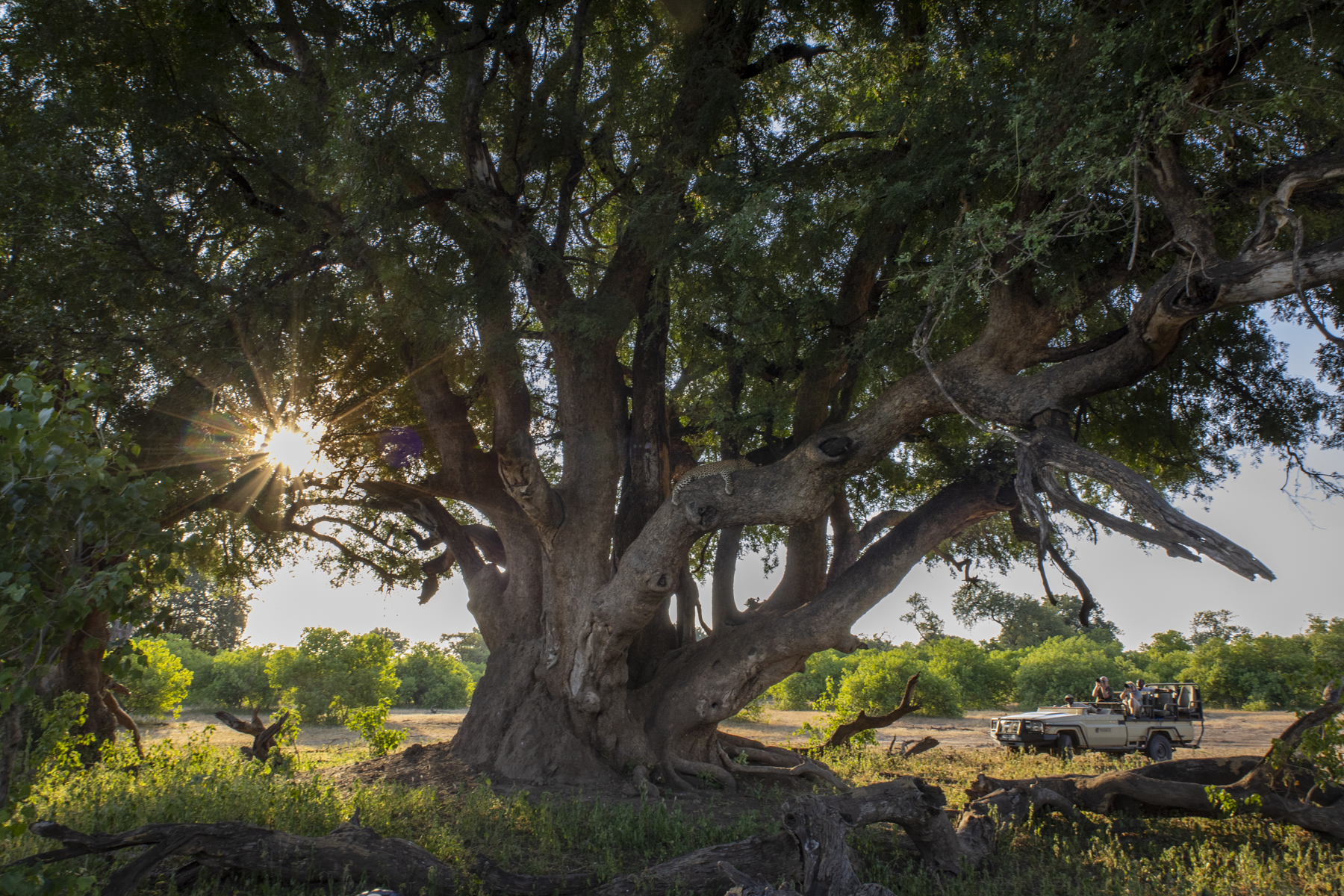Photography Tips for Capturing Big Cats in Africa
Date 2025/10/15 11:26:40 by Janet Holmes
Many of our guests have big cats high on their list of animals they want to photograph when visiting Africa. As experts in photo safaris with years of experience, we know the best locations to find them - not only where you can encounter a high density of leopards but also where you can spend quality time at a sighting, photographing them in conducive landscapes and habitats.
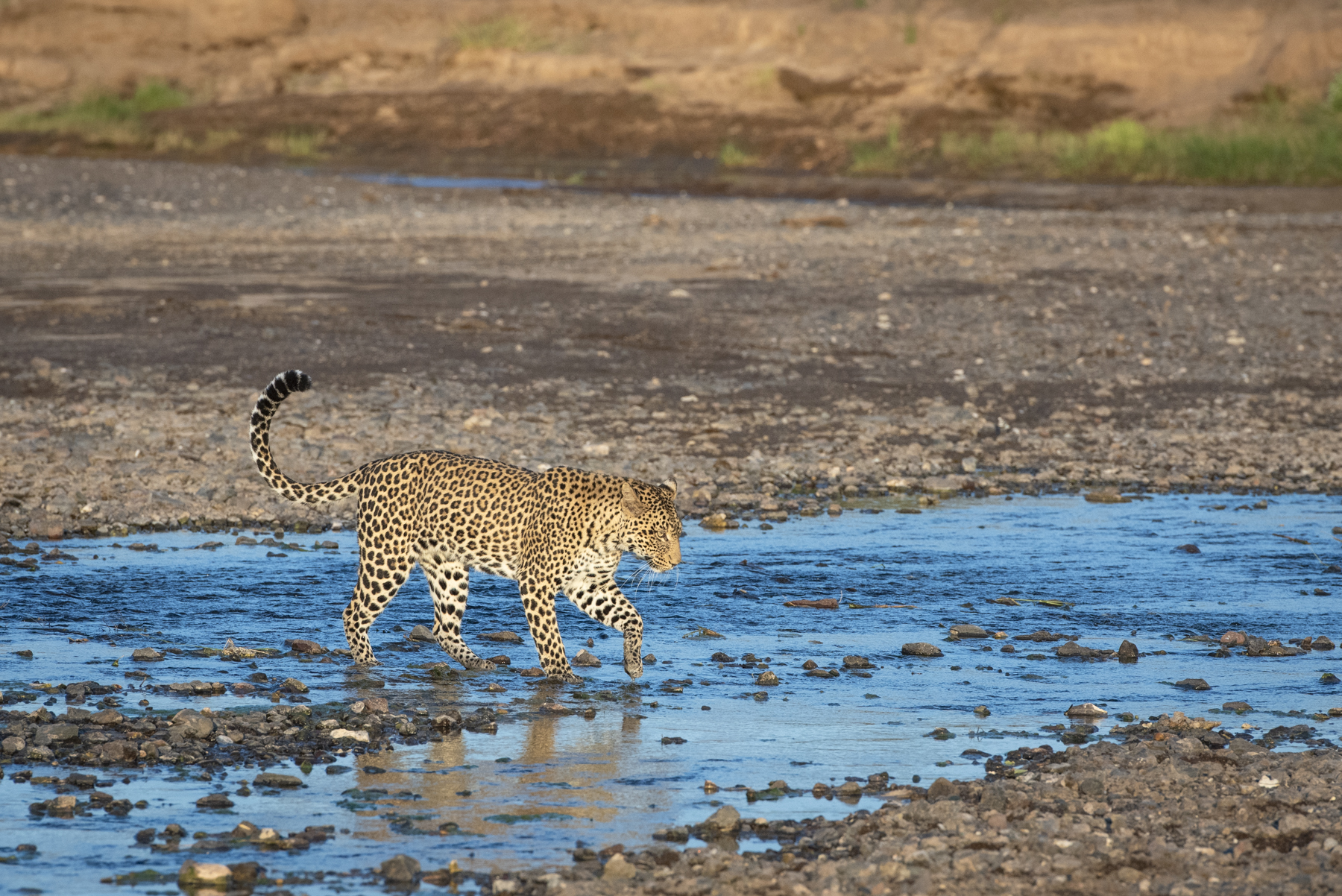
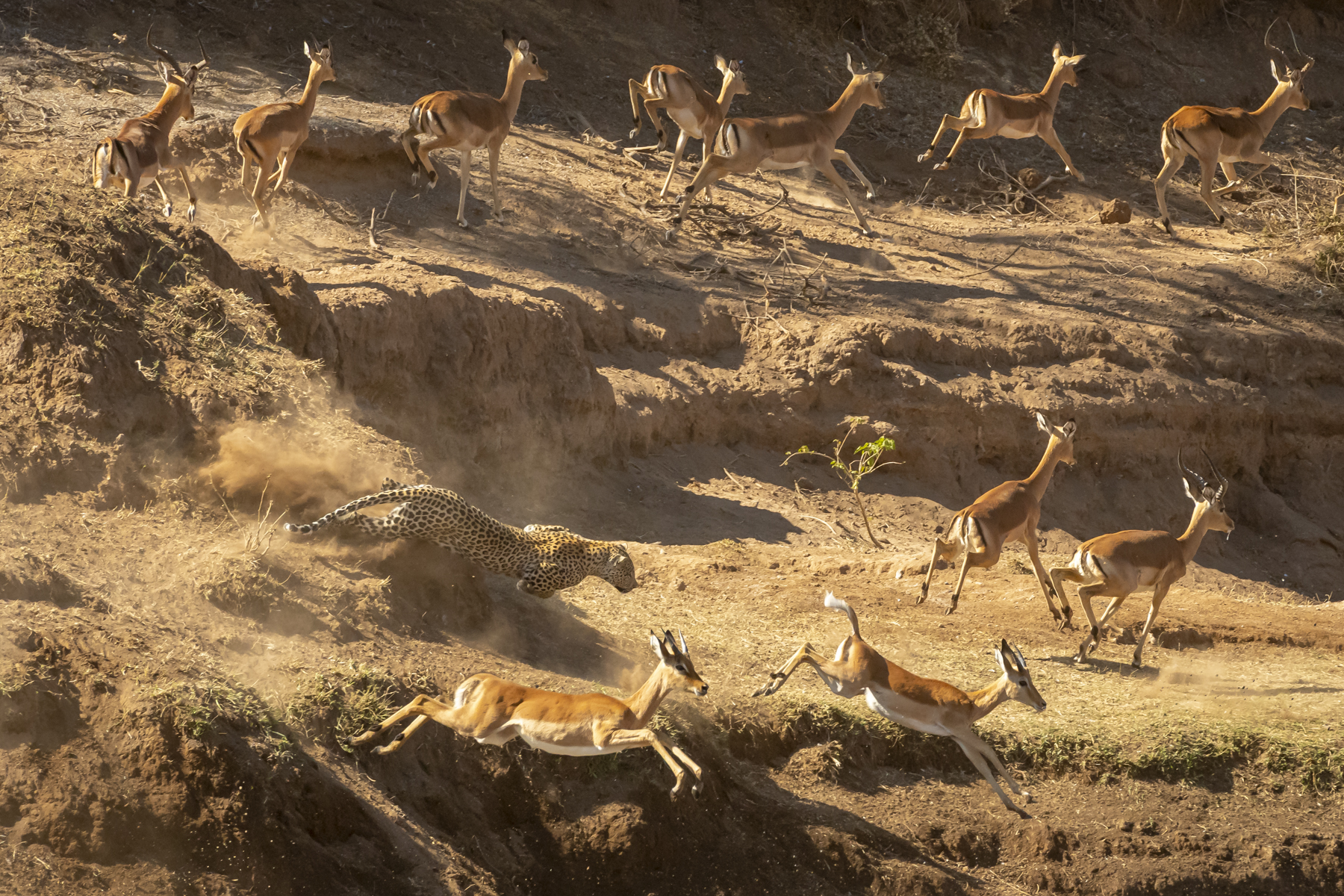
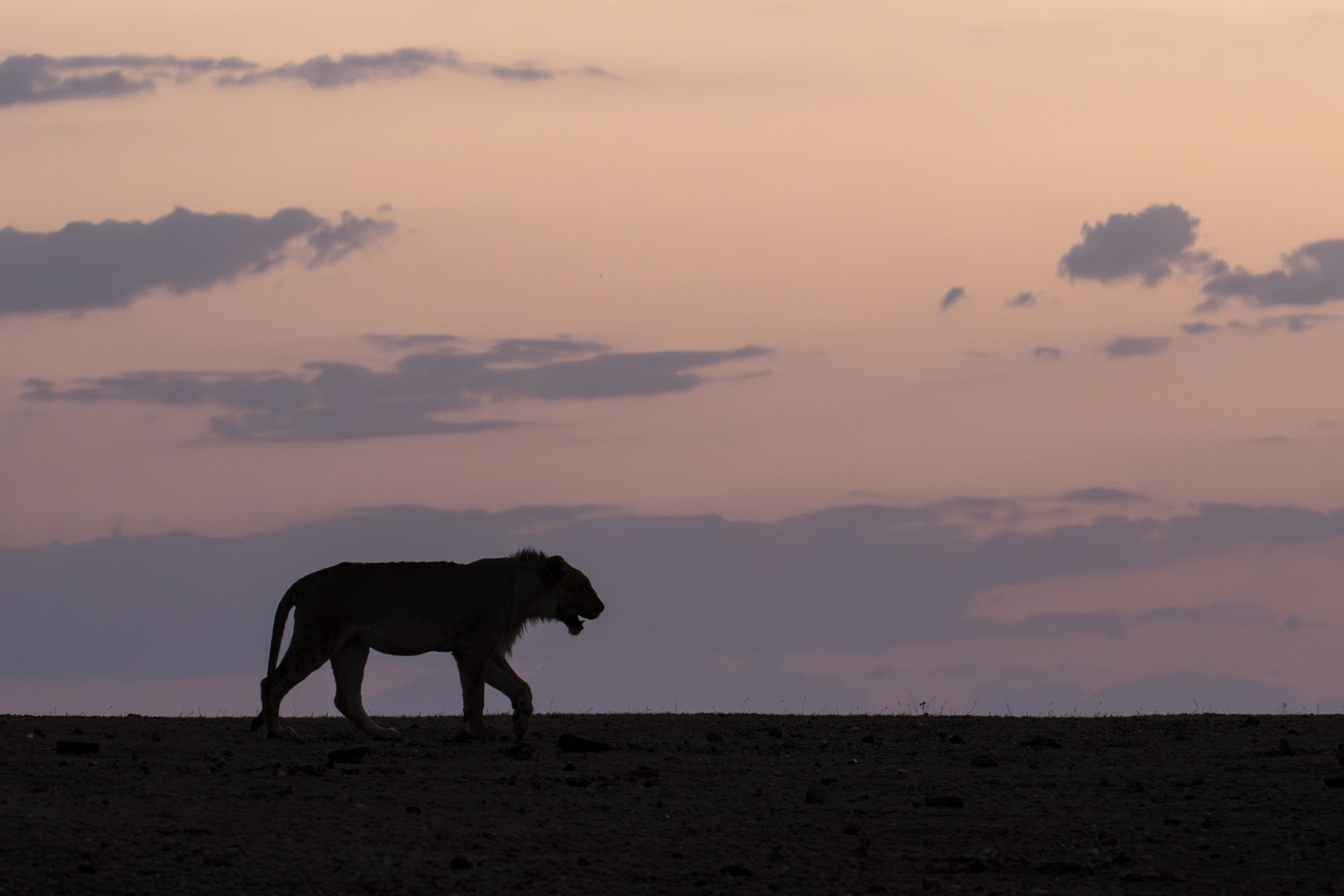
We’ve put together a list of our top tips for photographing big cats in Africa:
1. Choose the Right Location
Don’t worry; we’ve got this covered. We know which reserves offer the best opportunities throughout the year. Our favorite destination for leopards is Mashatu Game Reserve, which boasts a high density of relaxed leopards and beautiful landscapes, including majestic Mashatu trees where they like to rest. While you can never guarantee a sighting, at Mashatu, you're likely to see more than one. For lions, we recommend the Serengeti during the calving season when they are highly active preying on newborn wildebeest and zebra calves.
2. Familiarize Yourself with Their Behavior
Understanding the behavior of big cats, like hunting patterns, social interactions, and resting habits, will enhance your ability to anticipate their movements and get the perfect shot.
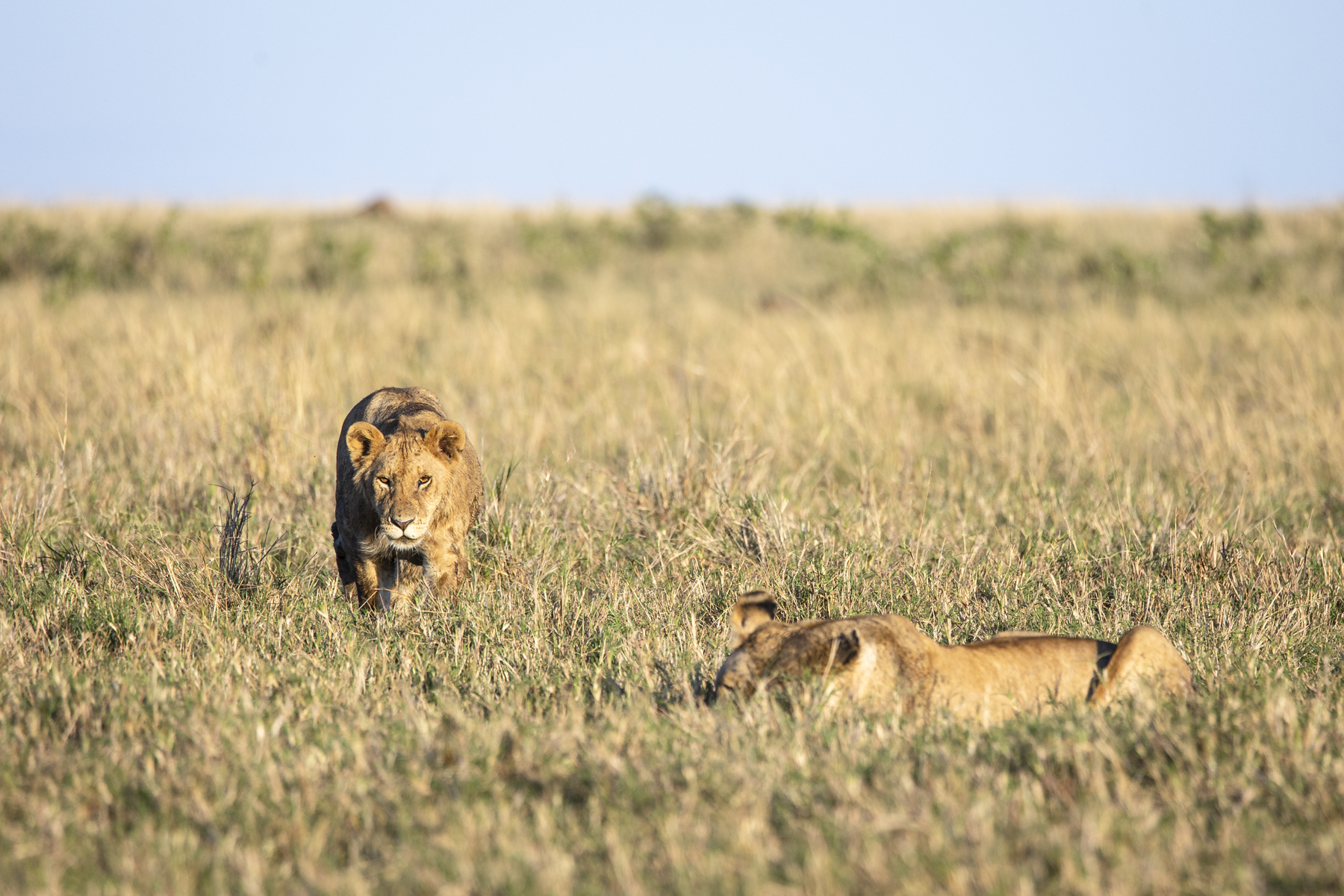
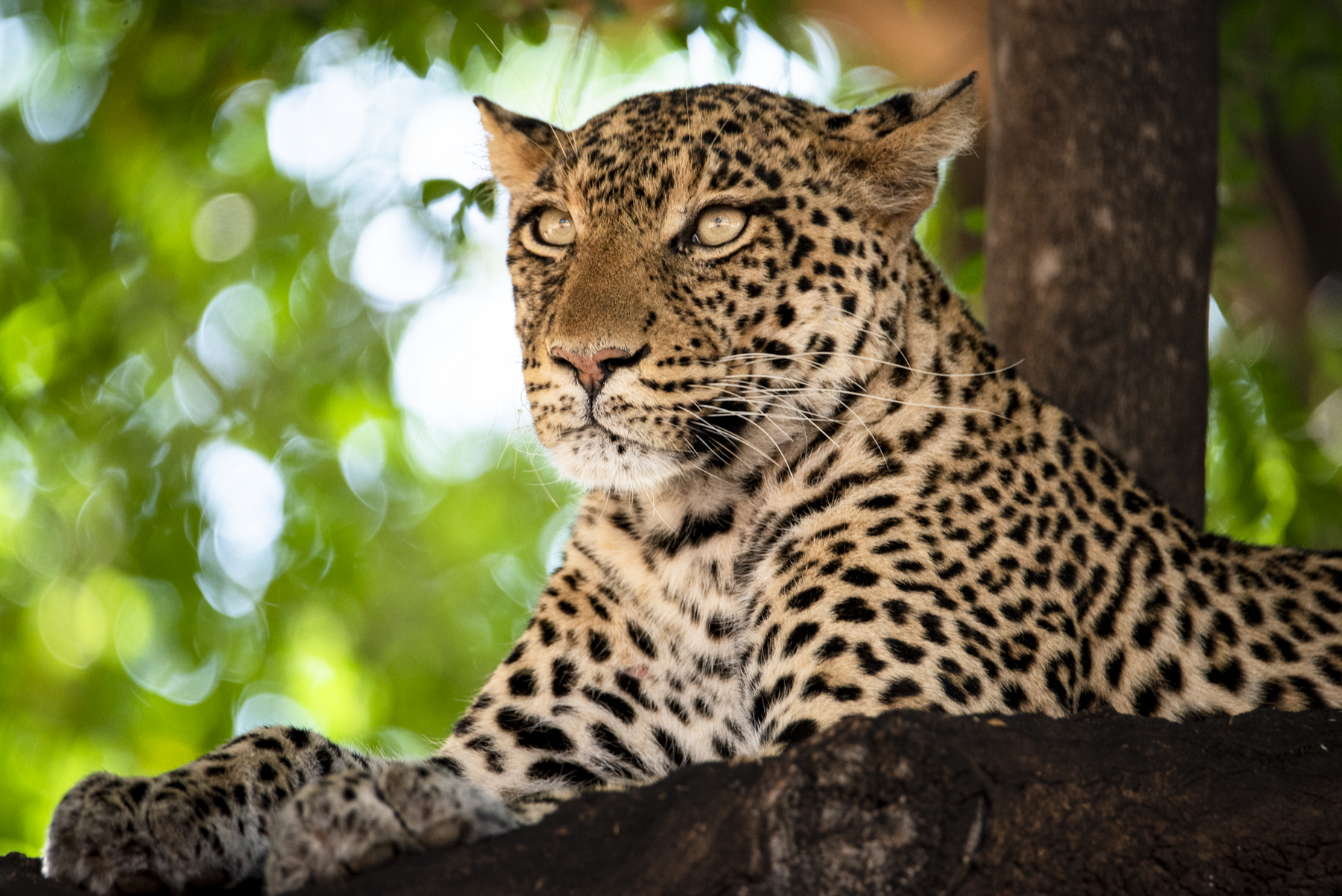
3. Invest in Quality Equipment
- Camera: A DSLR or mirrorless camera with fast autofocus is essential.
- Lens: Use a telephoto lens (200mm or longer) for close-ups without disturbing the animals.
- Stabilization: A tripod or bean bag can provide stability, especially in low-light conditions.
4. Master Your Camera Settings
- Aperture: Use a wide aperture (f/2.8 to f/5.6) to create a shallow depth of field, isolating the subject.
- Shutter Speed: Opt for a fast shutter speed (1/1000 sec or faster) to capture sharp images of action.
- ISO: Adjust ISO according to light conditions, particularly during early mornings or late afternoons.
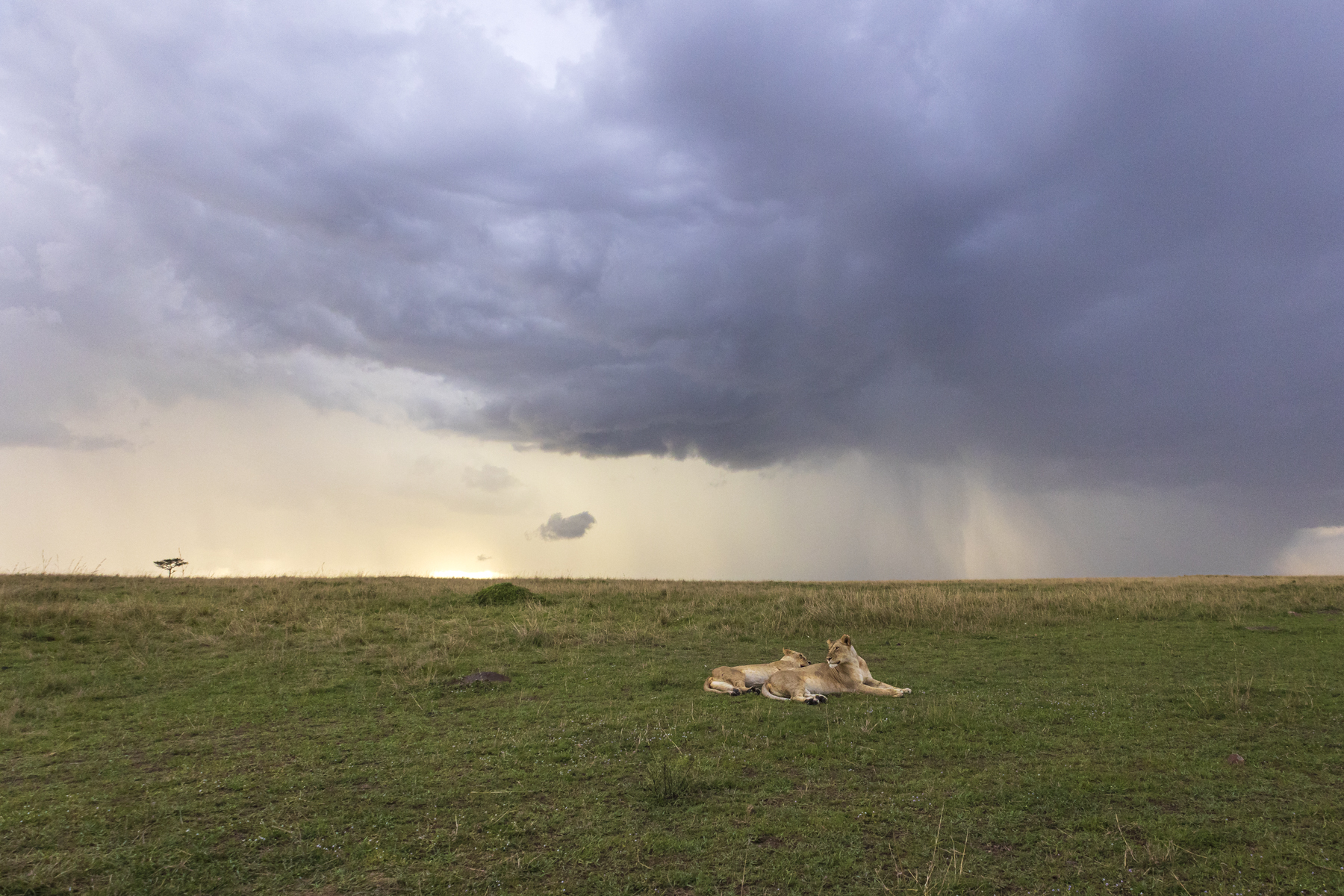
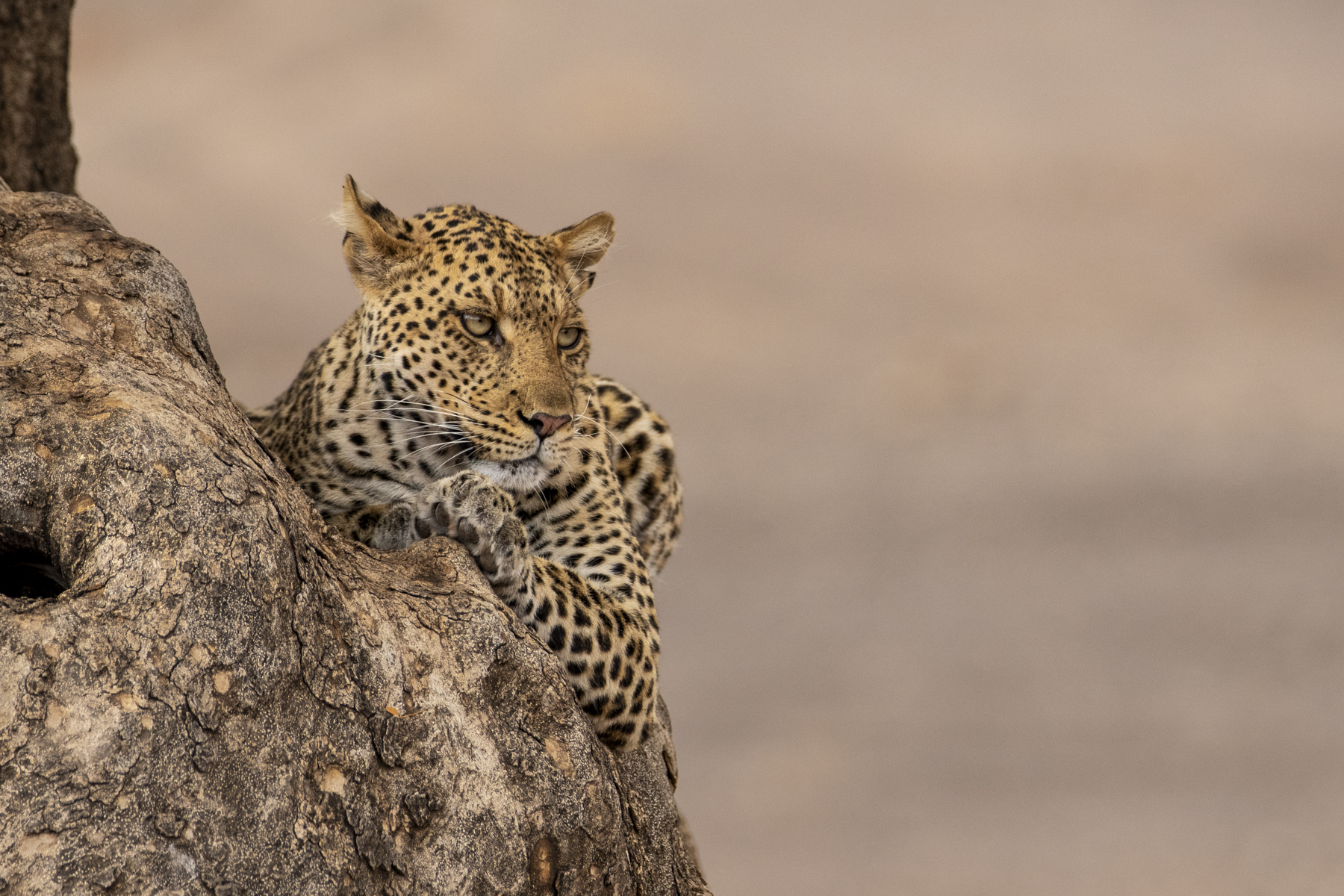
5. Stay Patient and Quiet
Big cats can be skittish. Minimize noise and sudden movements to avoid scaring them away. Patience is key—waiting quietly often yields great opportunities.
6. Utilize Natural Light
Early morning and late afternoon (golden hour) provide the best lighting for photography. The soft, warm light enhances colors and reduces harsh shadows.
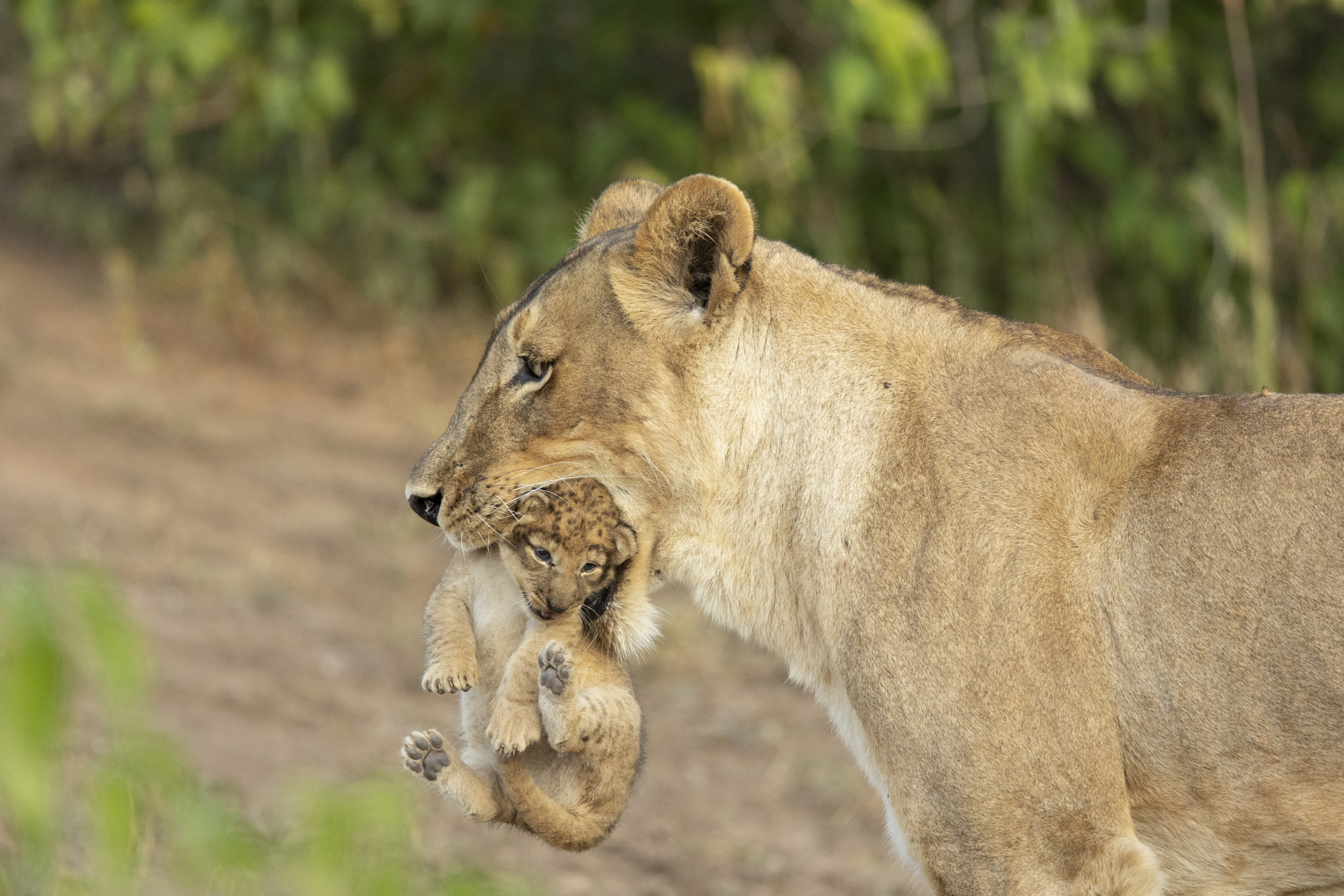
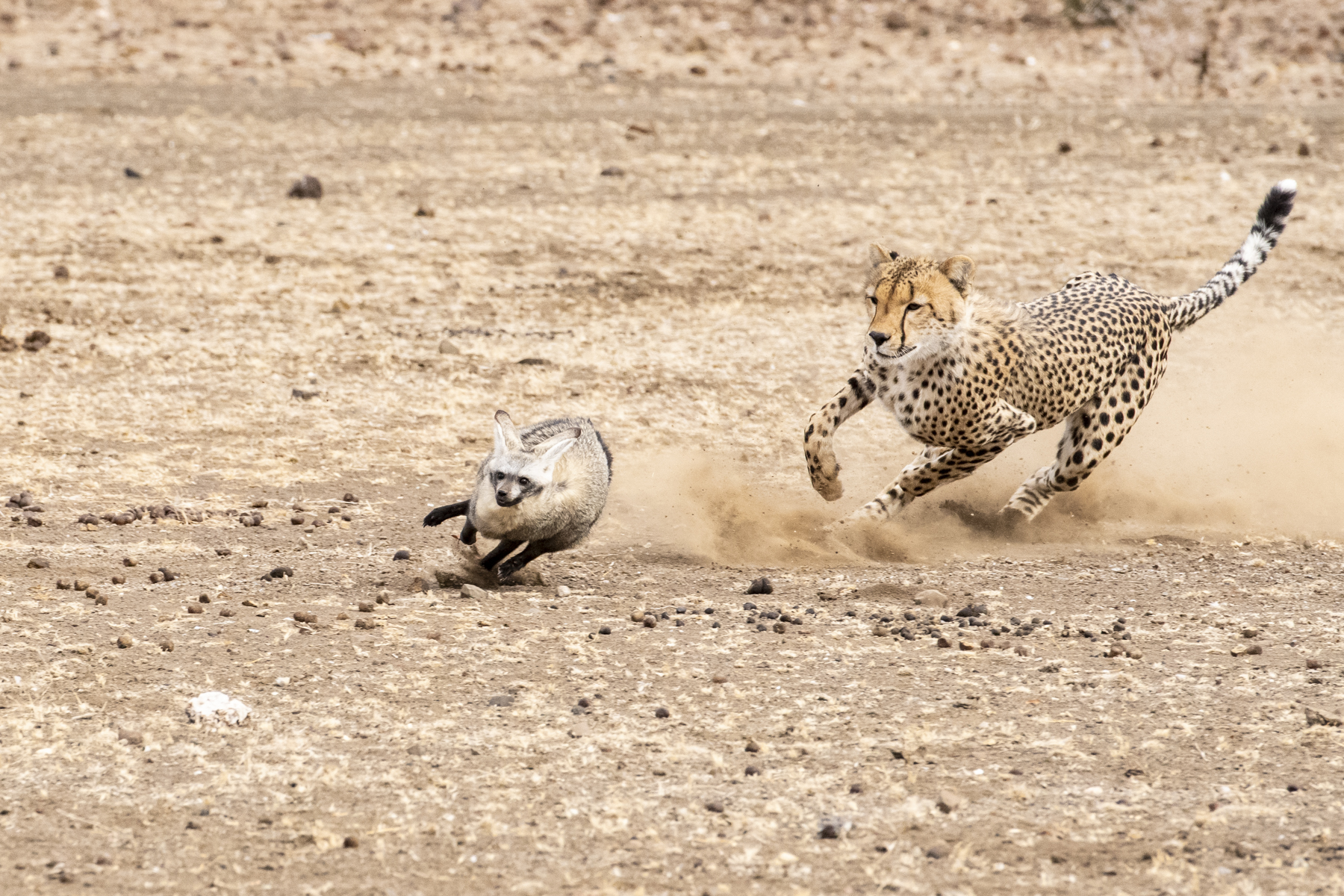
7. Focus on the Eyes
Ensure the eyes are sharp and well-lit, as they convey emotions and story in your images. This adds depth and connection to your photographs.
8. Composition Matters
Photographers often get caught up in the moment, especially when the cats are very active. Remember to incorporate compositional techniques to create balance and add interest and story telling by Include elements of the environment, but ensure the cat remains the focal point.
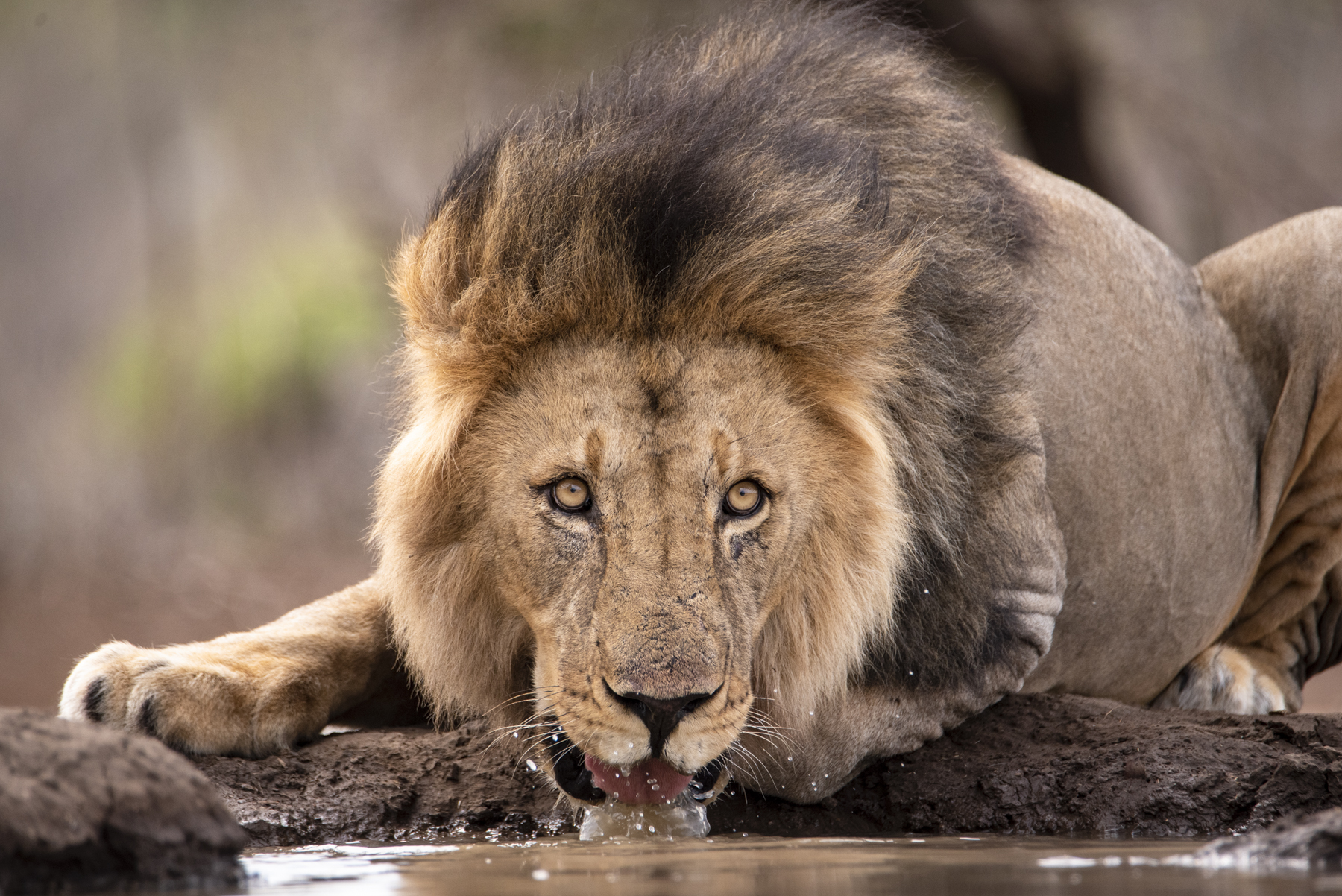
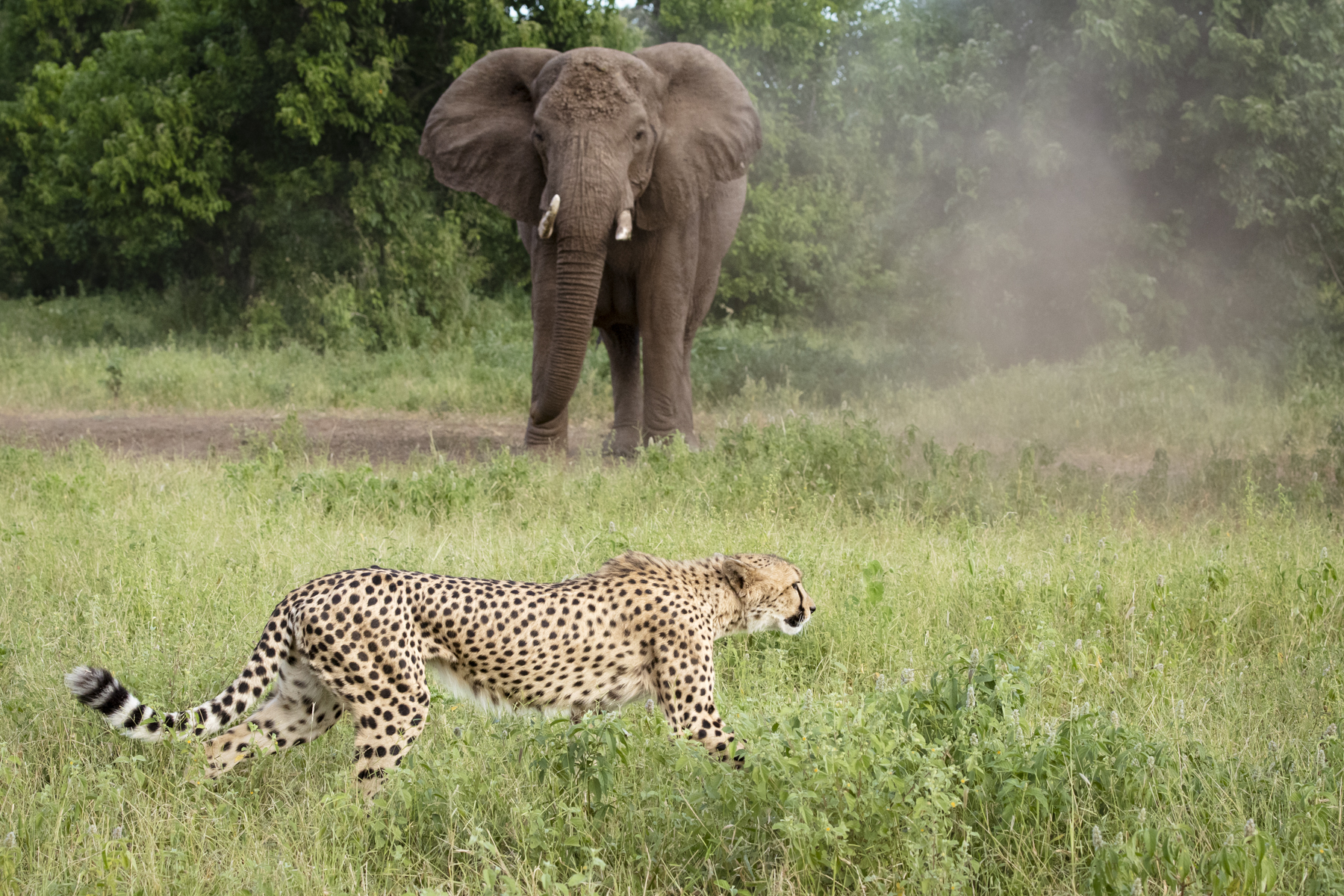
9. Capture Action Shots
Look for interactions, such as hunting or playing, to showcase the dynamic nature of big cats. Be ready to shoot quickly, as these moments can pass quickly.
10. Post-Processing Enhancements
Edit your photos to adjust colors, contrast, and sharpness. Subtle enhancements can transform a good photo into a great one.
Photographing big cats in Africa can be extremely rewarding with a little preparation, patience, and most importantly respect for wildlife.
